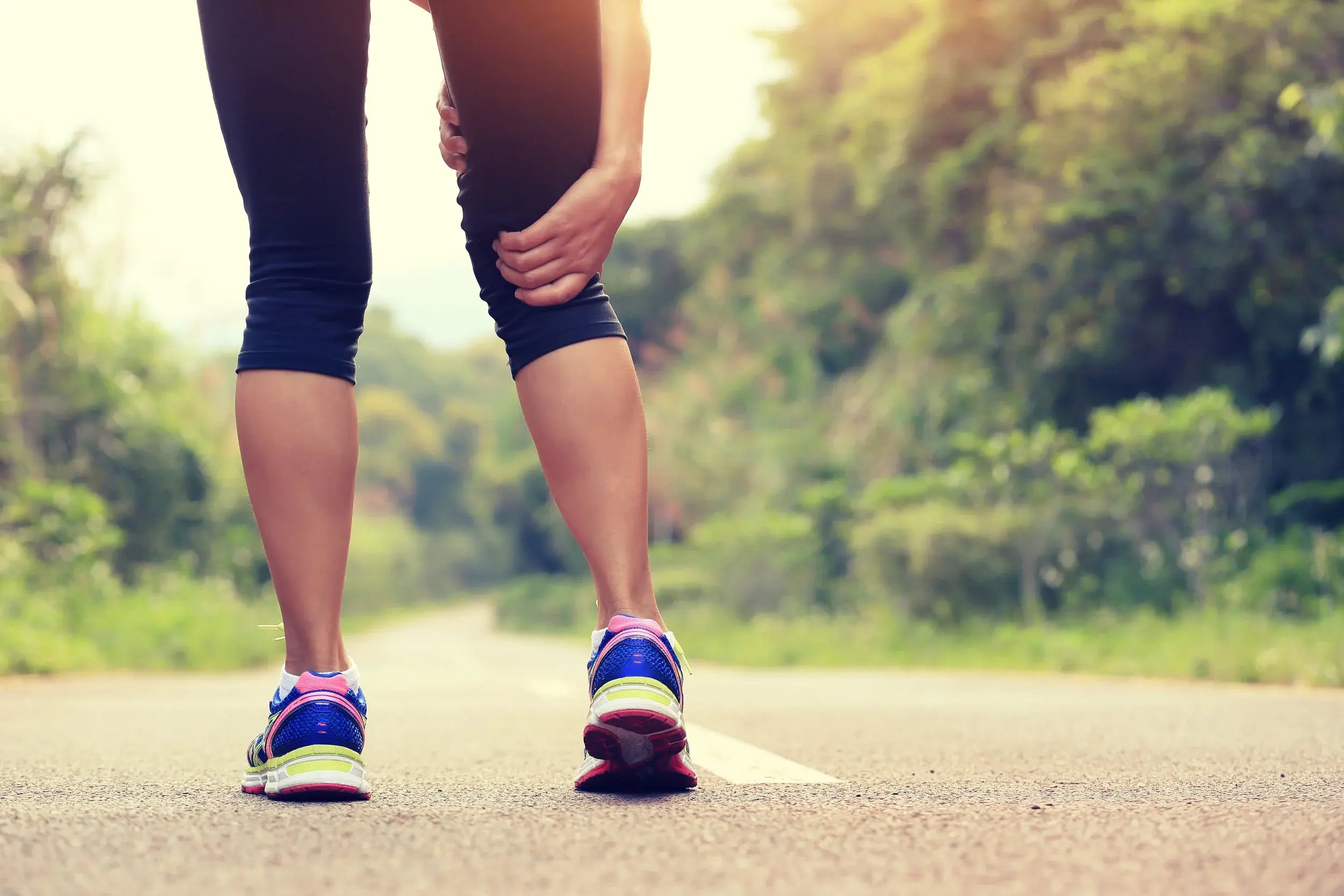
Runner's Knee: Patellofemoral Pain Syndrome
-1.jpg?width=64&height=64&name=20250331_193757(0)-1.jpg)
Knee-d For Speed
Runner’s knee is a common condition that describes pain behind or surrounding the patella, is isolated to the patella, and is non-traumatic. It is important to understand that not all knee pain around the patella is considered patellofemoral pain syndrome. Other conditions that could contribute to knee pain include IT band syndrome, referral from the lumbar spine, or a specific pathology in tissue surrounding the knee.
Runner’s knee is triggered by loading the knee during activities such as running, squatting, stair climbing, or sitting. The aim of this text is to outline why you get runner’s knee and how to manage it.
Why Does It Hurt?
Runner’s knee often comes from doing too much too soon. The activity doesn’t have to be running—it can be positional (like sitting) or a combination of multiple activities in one. This would be considered an overload injury, and load should be altered or managed when pain arises.
The patella sits in a groove called the trochlear groove and is surrounded by tendon:
-
Above is the quad tendon
-
Below is the patellar tendon
The trochlear groove is located on the bottom portion of the femur. When we move our knees, the patella should glide and sit comfortably along this groove. The quad can influence how forces are applied to the patella, but all other structures that control movement of the femur and tibia also affect the position of the trochlear groove during motion.
An Analogy to Understand Runner’s Knee
Think of the patella as a car, the quad as the driver, and the trochlear groove as the road. Traveling will require preparation, and along the way you can expect:
-
Long traffic stops (prolonged sitting)
-
High-speed highways (running)
-
Twists and turns (pivoting)
-
Hills (stairs and squatting)
The car and driver should be prepared with enough gas, snacks, good tires, and anything else needed to overcome these challenges. If not prepared, or if stuck on the road too long without breaks, the car or driver could experience problems.
How This Relates to the Knee
If you have not been routinely exposed to a specific task, you may not be prepared for its demands. This might mean long runs, fast runs, sitting for a long time, or going up and down a lot of stairs. The best way to reduce the risk of developing patellofemoral pain syndrome is to be generally prepared for the tasks you expect to perform.
That means:
-
Routinely performing the task in manageable blocked intervals
-
Becoming strong in those positions so the knee can handle the task
How to Manage It
Say you felt prepared, but pain still wiggled its way into your knee. What should you do?
First, identify the problem or trigger of your pain. This may be:
-
Activity-dependent (running, squatting, stair negotiation)
-
Positional (sitting for a long time)
Next, alter load by changing training volume or intensity to allow continued training without worsening pain. From there, supplement the reduced load with a rehab plan. This would include gradual exposure to the painful position, likely in the form of resistance training that is tolerable.
For example, if running is the painful trigger, then loading the knee while standing on one leg with the knee bent to ~40 degrees of flexion may be the issue (a common running position, though not always the trigger). You could strengthen the quad above and below this position and load the glute, calf, and hamstring in single-leg variations as well.
Sample Workout
Perform these 2–3x per week, aiming for 6–8 sets per week per exercise:
-
Split squat working above the painful range
-
Quad extension and hamstring curl machines working below the painful range
-
Single-leg RDL
-
Side planks
-
Single-leg calf raises with the knee bent just before the painful range
Conclusion
Pain around the patella could be runner’s knee—or something else. But if you’ve been exposed to more than you’re used to and your kneecap is aching, patellofemoral pain syndrome may be your issue. Identifying what activity irritates your knee, modifying your activity to avoid worsening symptoms, and creating a rehab plan to return to what you want to do is your best option.
If you found this article helpful, feel free to sign up for our newsletter, follow us on social media, and reach out if you need help with your rehab journey.


